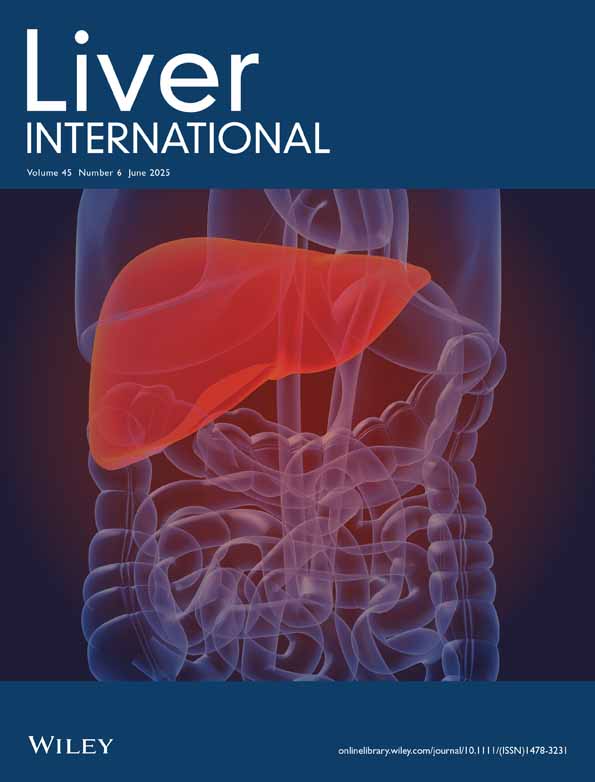NSBBs, EBL or Combined Therapy for High-Risk Varices: Systematic Review and Meta-Analysis
Sreeram Pannala and Anjali Byale contributed equally to the writing of the manuscript.
The abstract of this paper was presented at DDW-2024, Washington, DC, as a Research Topic Forum.
Handling Editor: Luca Valenti
Funding: The authors received no specific funding for this work.
ABSTRACT
Background and Aims
Non-selective beta blocker (NSBB) is the preferred treatment option for primary prophylaxis of high-risk oesophageal varices, and endoscopic band ligation (EBL) is reserved for those intolerant to NSBB. In this meta-analysis, we aim to compare the outcomes of NSBB, EBL and combined therapy for primary prophylaxis of high-risk oesophageal varices.
Methods
Major databases, such as MedLine, Embase and Cochrane Library were searched in October 2024 to identify studies comparing clinical outcomes between combined approaches versus NSBB versus EBL only. Only randomised trials were included. Meta-analysis was performed using the random-effects model, and heterogeneity was assessed by I2% statistics.
Results
Six randomised trials were included, which consisted of 1011 participants (NSBB 302, EBL 300 and 409 combined) (75.27% males), with an average age of 51.06 years. The NSBBs used were propranolol, nadolol and carvedilol, with an average follow-up of 17.54 months. The combined approach significantly reduced the first episode of variceal bleeding compared to NSBB alone (pooled RR 0.39 [95% CI 0.19–0.76], p = 0.009) and EBL alone (RR 0.46, 0.29–0.74; p = 0.002). The pooled rate of bleeding with the combined approach was 9.4% [95% CI 6%–14.3%], with NSBB being 28.2% [95% CI 12.9%–51%] and with EBL being 13.9% [6%–17%]. Pooled ratios for bleeding-related mortality were significantly better with the combined approach when compared to NSBB alone.
Conclusion
Primary prophylaxis of high-grade varices by combined therapy demonstrated a significantly lower risk of variceal bleeding than NSBB or EBL alone. We recommend these findings be incorporated into forthcoming guidelines.
Conflicts of Interest
The authors declare no conflicts of interest.
Open Research
Data Availability Statement
Data supporting the findings of this study are available from the corresponding author upon reasonable request.




